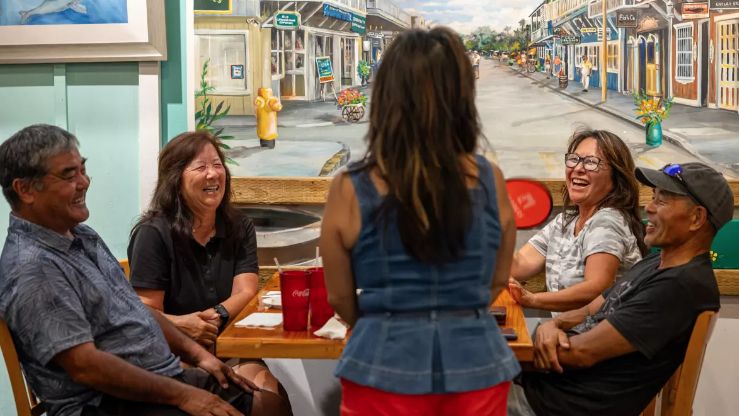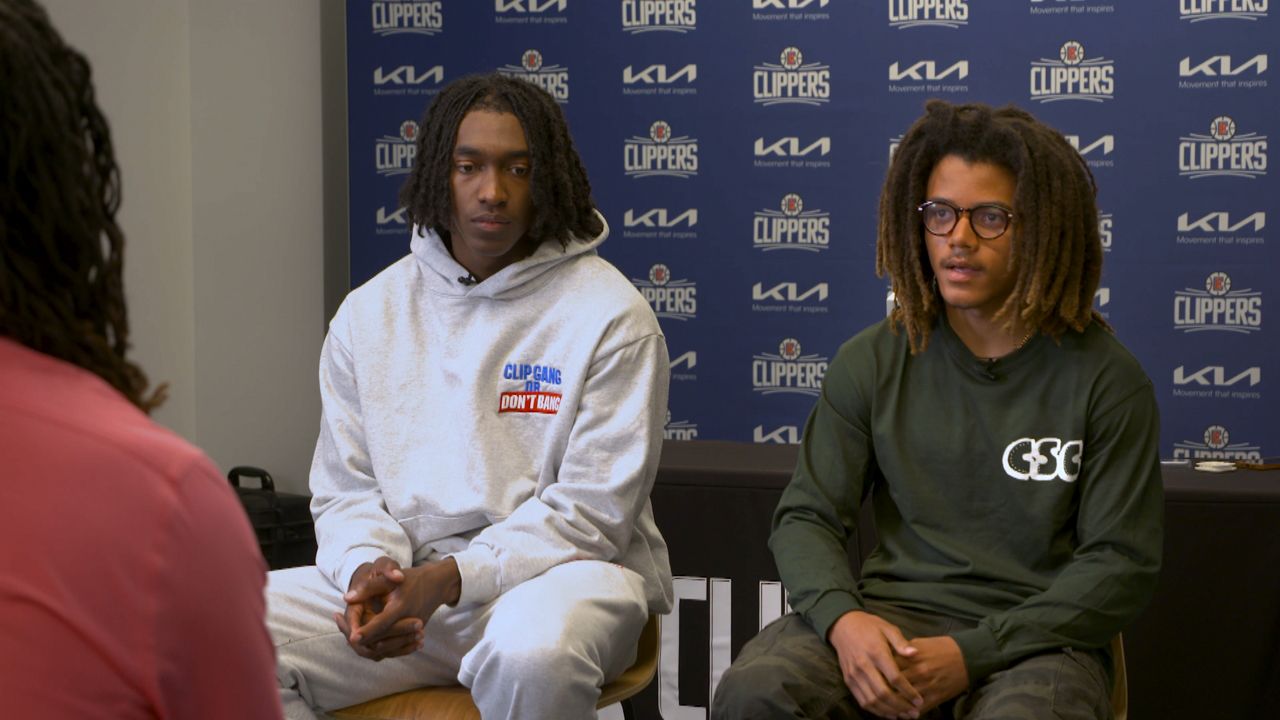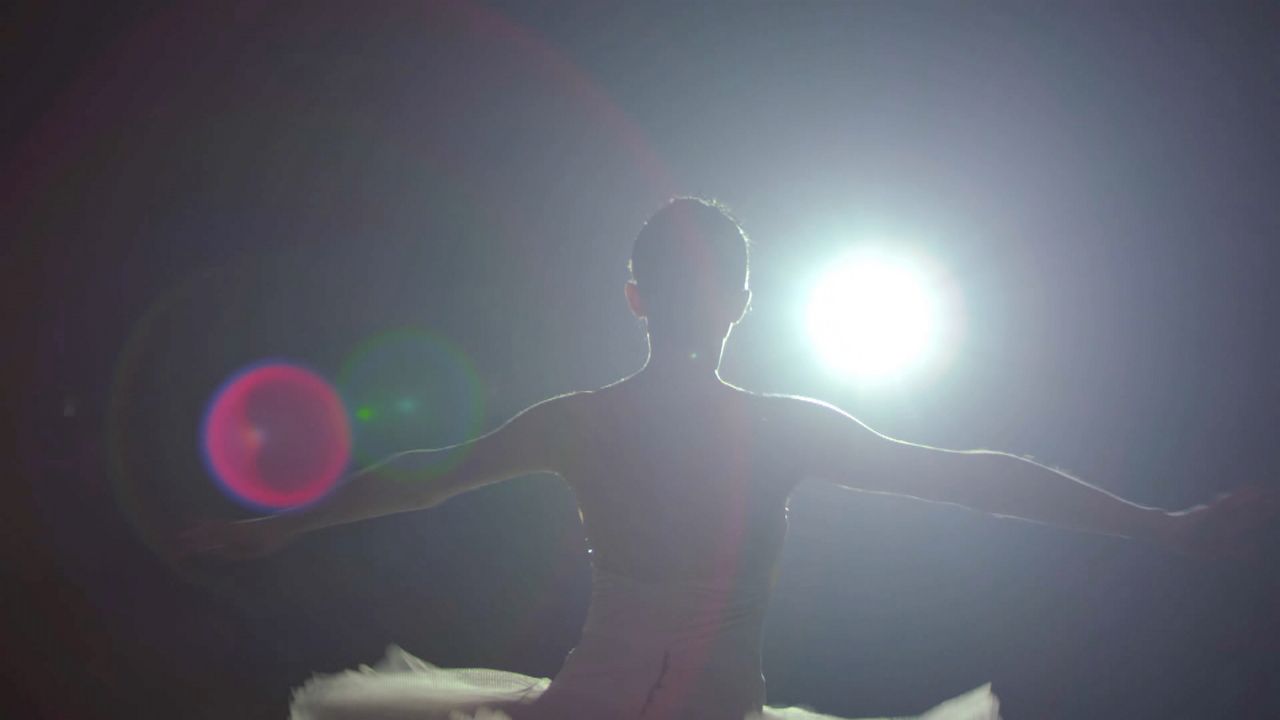The Fashion Institute of Design and Merchandising Museum has been displaying Academy Award-nominated costumes for 30 years.
After the COVID-19 pandemic shuttered the exhibit last year, the FIDM Museum is open again and recognizing outstanding achievement in costume design from films released in 2021. In an interview for "LA Times Today," Nick Verreos, co-chair of fashion design at FIDM, talked about the Art of Costume Design in Film exhibit.
What You Need To Know
- Costumes from “Cruella,” “Nightmare Alley,” “Cyrano,” “West Side Story” and “Dune” are nominated for best costume design
- At the FIDM Museum exhibit, guests can see the costumes up close
- Admission to the Art of Costume Design in Film exhibit is free
- The exhibit runs until June 4
"It is so wonderful to be open again and to see the public visiting the exhibition, visiting the museum, but more importantly, really showcasing costumes, showcasing movies. We're featuring costumes from 22 films," said Verreos. "And this is what we're really proud of: We have all the five Academy Award nominees for Best Costumes."
Disney's "Cruella" is a prequel about the villain of "101 Dalmatians," Cruella de Vil. Jenny Beavan designed the costumes for "Cruella," and her work is nominated for an Oscar this year. Verreos explained Beavan's inspiration for the film's punk aesthetic.
"The inspiration for costume designer Jenny Beavan was 1970s London punk. Think of all those stores like Crocodile, Viva, Vivienne Westwood," Verreos said. "The inspiration for the young Estella Nina Hagen. Nina Hagen was a fabulous, punk new wave German singer. It's so great to see the custom right here, that leather moto jacket, the sequins on the pants."
The costumes from Guillermo del Toro's remake of "Nightmare Alley" are also up for the Oscar for Best Costume Design. Designer Luis Sequeira dressed characters in 1930s fashion, from their start in a carnival to their arrival in New York City.
"Rooney Mara's [character is] the only character in the entire film who wears red," said Verreos. "The director, Guillermo del Toro, wanted her to only wear red. Now when she gets into the city, she's wearing this beautiful black velvet gown. But you notice the details. There are little red butterflies hand sewn on to the dress because that is her color."
Designers Jacqueline West and Robert Morgan are nominated for their work on "Dune," which is set in space. Verreos explained that there were so many costumes needed for the film that West had to bring on a second designer. He showed the detail on one dress from the film.
"Lady Jessica comes out of the spaceship in this stunning gown. This has a hundred yards of fabric on the train. It took months and months to hand drape and hand create the sequined chains on the face and the arms. Jacqueline West said this is probably the most expensive costume she's ever made," Verreos said.
For Steven Spielberg's remake of "West Side Story," costume designer Paul Tazewell made some changes to the iconic costumes from the original 1961 version. Verreos explained Tazewell's inspiration for Anita's vibrant yellow dress, worn by Ariana DeBose, who is nominated for best supporting actress at this year's Academy Awards.
"Anita originally was played by Rita Moreno," said Verreos. "In the original film, she wore lilac, purple. But here Anita wears yellow. Why didn't he just go back to the lilac? Great explanation. For the original film, Rita Moreno was doing that scene at night, so the lilac violet worked better. This scene for the remake is in the daytime, out on the streets. So, the costume designer wanted Anita to be like the sun. Everybody looks to her. She is the center of the culture of that Puerto Rican neighborhood. And how best can you do that? By showcasing her in yellow."
The costumes for "Cyrano," starring Peter Dinklage, are also nominated for an Oscar. The film is set in 17th century France. Verreos talked about how designers Jacqueline Durran and Massimo Cantini Parrini worked together to create the costumes.
"Jacqueline Durran did the costumes for the female lead actress. That's it. Only her. Massimo Cantini Parrini did the costumes for everyone else," Verreos said. "He explained that for this film, he wanted to use different colors for different people in the film. The nobles, the rich folk in the film, wear pastels, rich gold colors. You see that here in this gorgeous Watteau back dress. Then the common folk, the peasants, wore earthy tones."
Seeing the costumes in person allows for people to see the rich detail that might not translate on screen.
"When you visit the exhibition, what's great is you also get to see the costumes up close and personal. Not too close, you can't touch. But there's no glass walls, no glass windows, so you can look at the details, the seaming, the fabrication. You notice how well the costumes are made, and that is something that you sometimes miss in the film," Verreos said.
It's free to visit the FIDM Museum. Verreos discussed why it's so important for the museum to be accessible for the public.
"One of the main things that we really loved and treasure about this is that we want to make this open to the public. We want to make it accessible to everybody," Verreos said. "Whether you are a 6-year-old or a 60-year-old, or my mother, who is 87, you come here. Money is no object because it's free. We want to really make it accessible to the public to educate them about the art of costume design."
The FIDM Museum is located at 919 South Grand Ave. in Downtown LA. The Art of Costume Design in Film exhibit is open to the public until June 4. Museum hours are 10 a.m. to 5 p.m. Tuesday through Saturday.
Watch "LA Times Today" at 7 and 10 p.m. Monday through Friday on Spectrum News 1 and the Spectrum News app.











